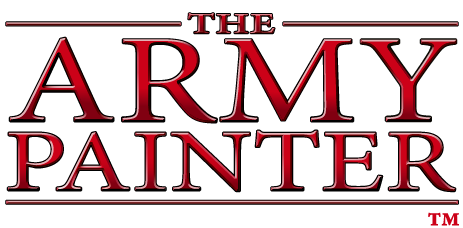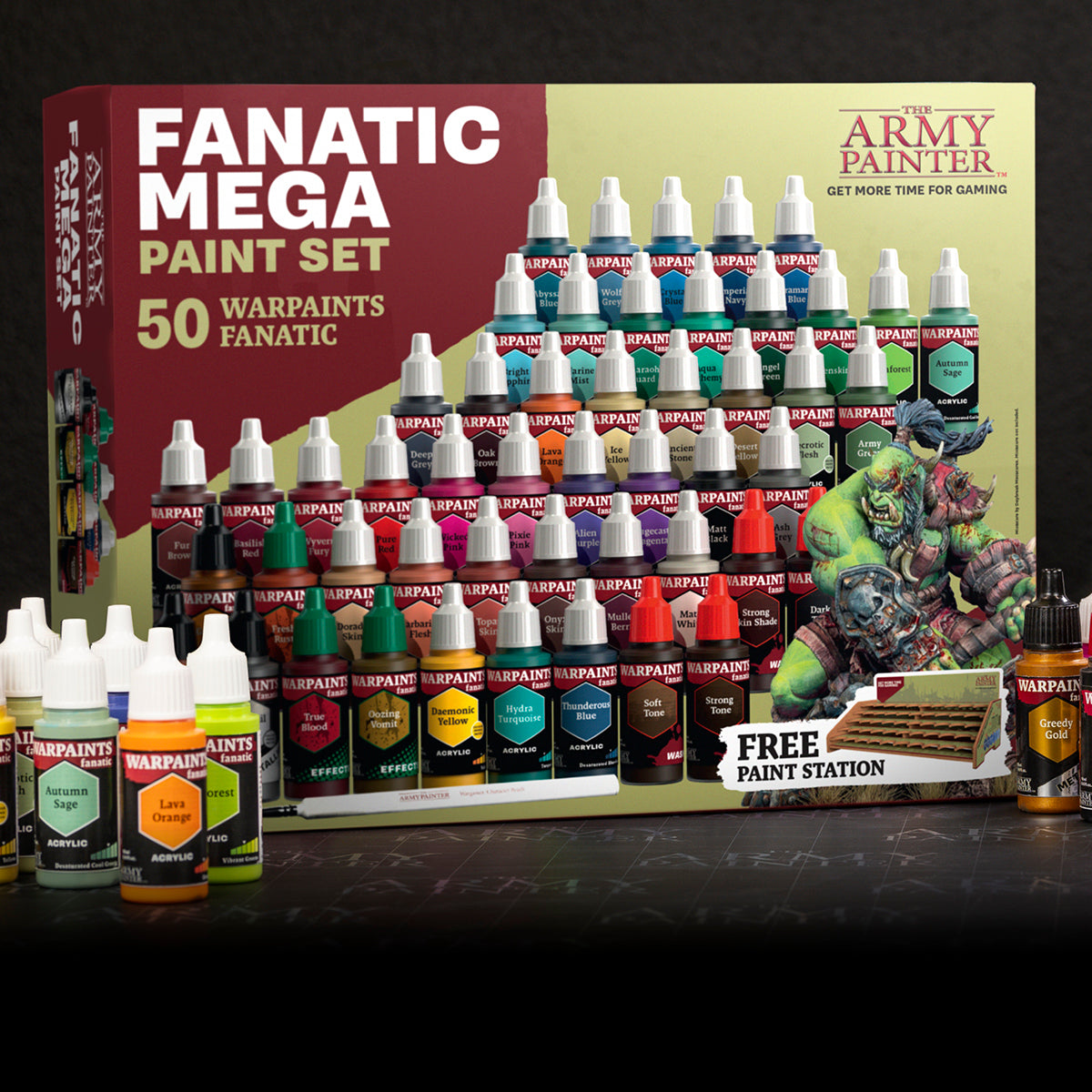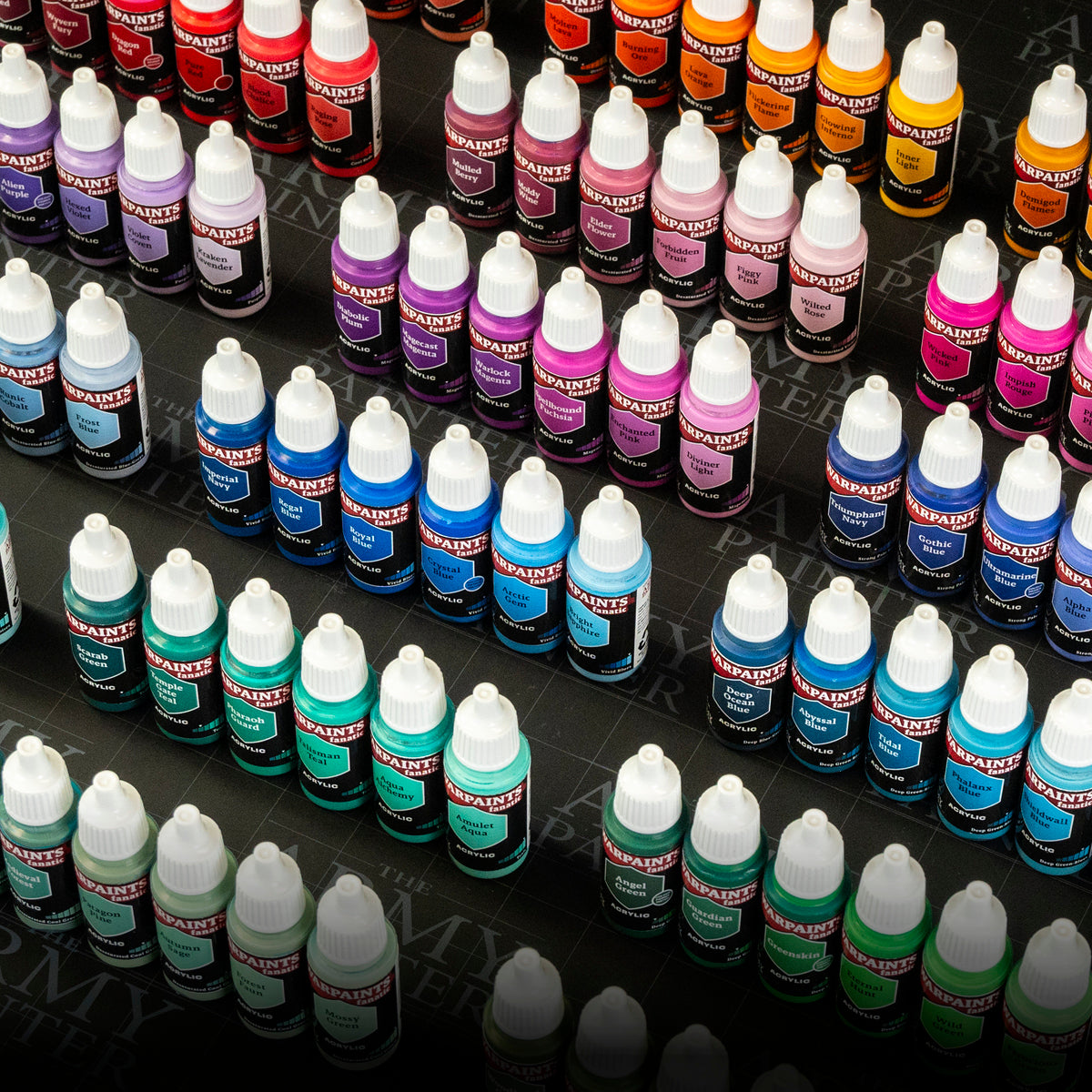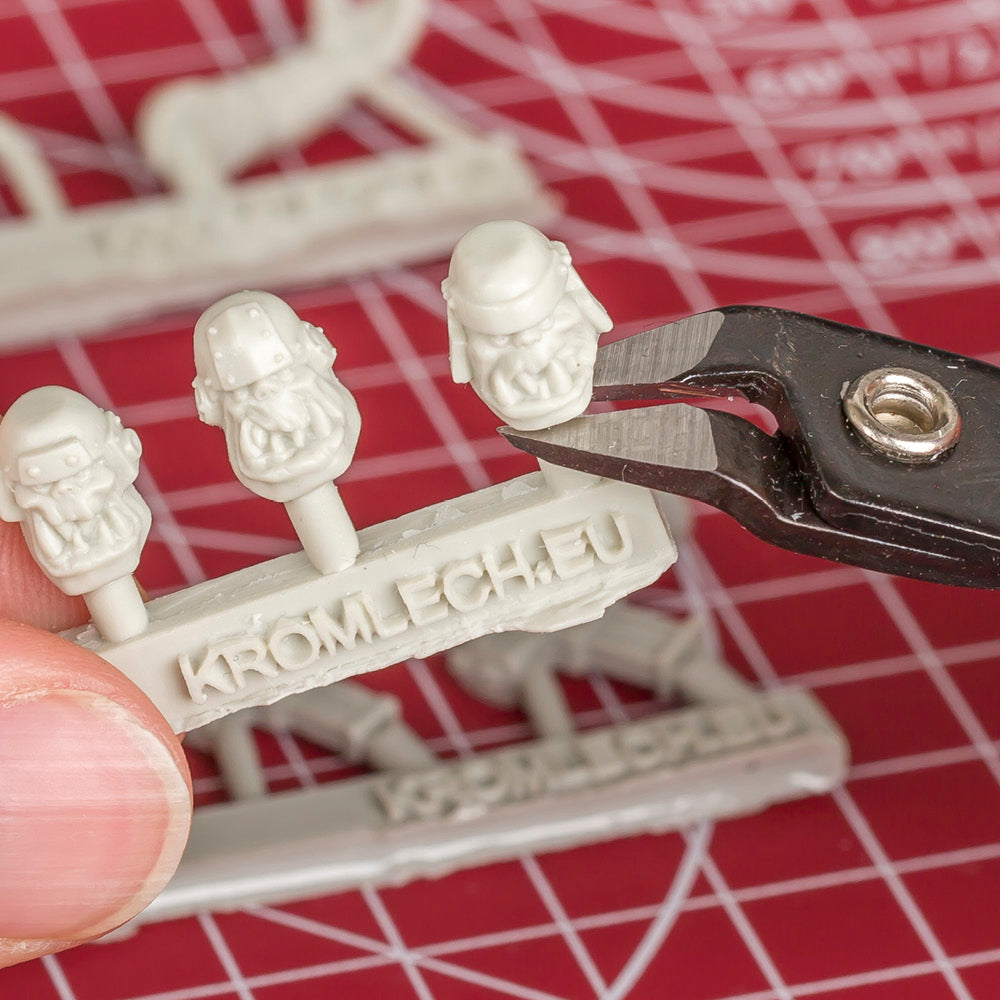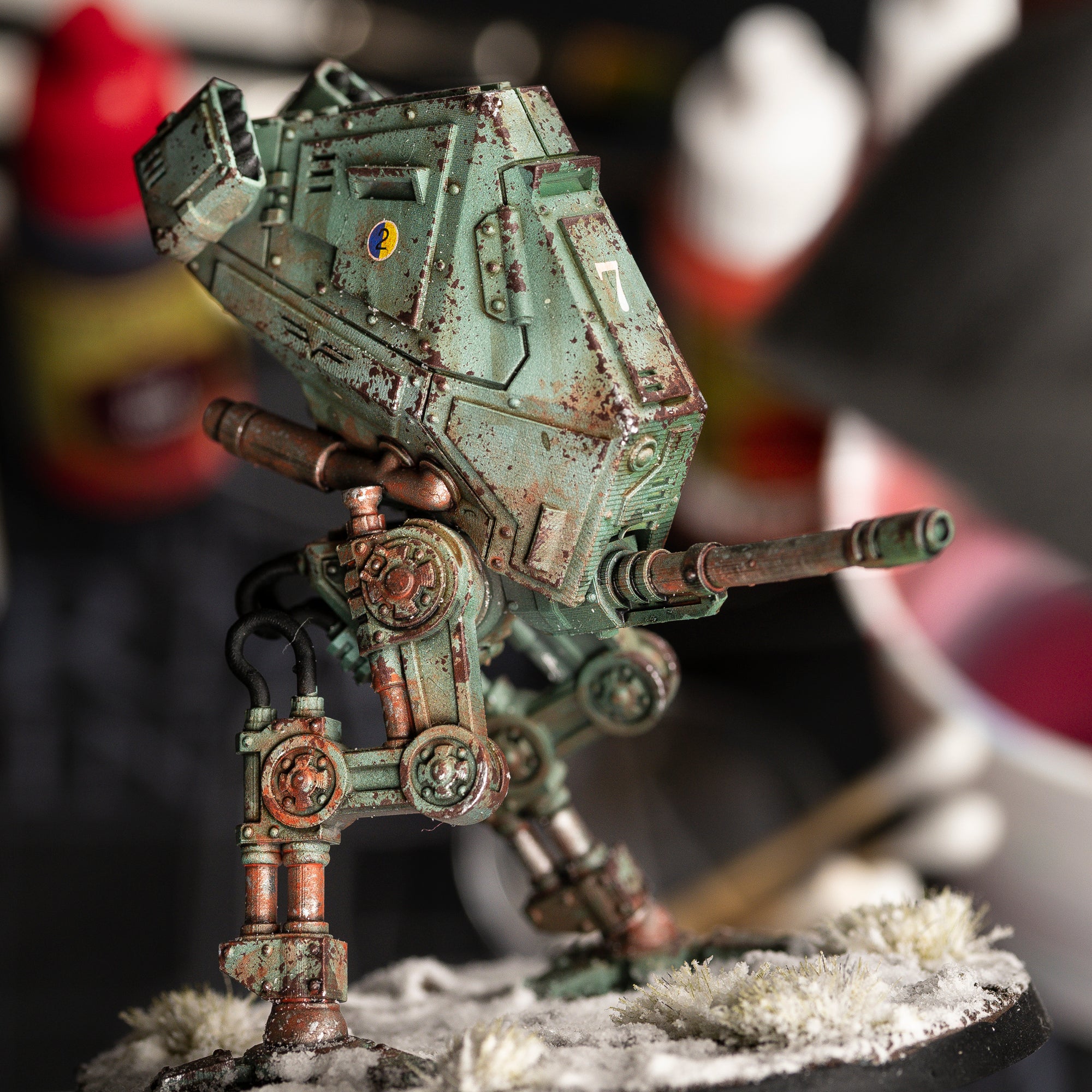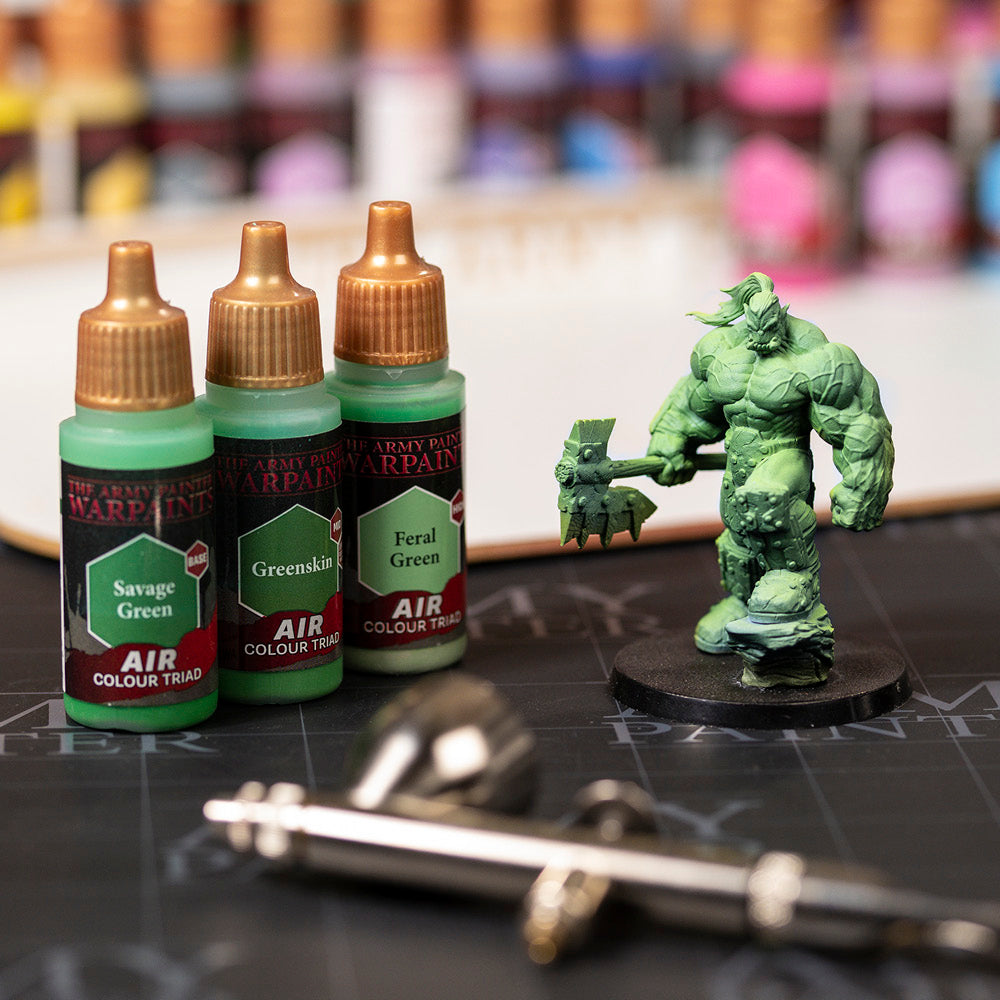A Step-By-Step Guide to Assembling Miniature Figures
Assembling your miniatures is a fun part of the process of creating your personal army, but it can also be quite daunting.
Unfortunately, we have yet to invent the “Magic Bag of Assembly, “where you pour miniature bits, glue, and tools in, shake it hard, and finally take out the assembled miniature … So, until we do, you will have to go old school and use tools and glue.
Fortunately for you, we have a lot of special tools that make your life easier and enable you to enjoy this process – where you create the look and feel for your army.
In this article, we’ll guide you through the process of assembling your miniature – and even show you how you can add customised touches and details to it.
A Couple of Tips Before We Start
Before we begin assembling our miniature, we’ll give you a couple of tips that, hopefully, will make the process easier.
Tip: Prepare Your Workspace
Assembling miniatures is a hobby that should be enjoyable. A well-organised workspace and readily available tools can make the process more enjoyable by reducing frustration and stress.
It’s always a good idea to keep a well-organised and clutter-free workspace, especially if you are new to the hobby of assembling and painting miniature figures. Having a place dedicated to your hobby will make it easier to keep track of the tools you need and components when you are assembling. Also, by removing unnecessary items, you reduce the risk of losing the bits and parts you clip off the sprue.
When preparing your workspace, we recommend that you do so in a well-lit area or invest in a good lamp. Miniatures often feature intricate details that require careful attention. Proper lighting illuminates these details, making it easier to spot imperfections, apply precise paintwork, and assemble small parts accurately.
Weapons of Choice: What Kind of Tools Do You Need?

So, what kind of tools do you need to assemble a miniature figure?
- Hobby cutter/plastic clippers/Plastic Frame Cutter: This one is probably a no-brainer. You need a Plastic Frame Cutter to cut the model parts out of the sprue. Use a sharp and thin cutter to get the best possible and most precise result.
- Tweezers: Miniature figures often have tiny components that can be challenging to manipulate with your fingers alone. Tweezers provide a precise and controlled grip, allowing you to place small parts accurately, and they reduce the risk of breaking and damaging fragile components. Some miniature assembly tasks involve sharp or pointed objects, such as pins or wires. Tweezers provide a safe way to hold and position these items without risking injury to your fingers.
- Sculpting tools: Tools used to remove mold lines and any other small imperfections that may appear on the figure when it is cut from the sprue.
- Hobby knife: A hobby knife allows you to make precise cuts, ensuring that you trim away only what’s necessary without damaging the miniature. Also, if you want to modify or customise the miniature figure by repositioning or altering certain parts, a hobby knife allows you to make precise cuts for these modifications.
- Glue: Super Glue / Plastic glue, depending on the kind of miniature you are assembling.
- Cutting mat: To protect your desk, use a Self-healing Cutting Mat. It also gives you a stable surface when you cut and trim your miniatures.
- Green stuff: Green Stuff – also known as two-part epoxy – can be used to adhere difficult bits and pieces, especially when used in conjunction with the “pinning” technique and super glue. When you roll it really thin, it can be used to fill gaps and clean mold lines.
- Miniature and Model Drill: A mini drill – or its correct moniker, Pin Vise – is not a vital tool for assembling a miniature, however, it is when you start to customise your figures.
Tip: Read the Instructions
Although you’re probably eager to start, and it is very tempting to jump in and start clipping away, hold your horses just a bit longer.
Before you start clipping things off the sprue, you need to examine the instructions to ensure you don’t snap the wrong things off and to better understand what you’ll be doing.
Another important part is to determine the material of the figure. Is it a plastic, metal, or resin miniature figure you’re assembling?
Plastic, Resin, or Metal?

Miniatures for games come in a wide variety of materials.
From pewter to plastic and resin, knowing what material your model is made from and which tools to use is essential. The rule is: Use Super Glue for anything other than pure plastic miniatures, where Plastic Glue is recommended.
You can tell resin from plastic by bending a piece of the sprue – plastic will warp before breaking, resin is brittle and will just snap.
Assemble Your Miniature in 7 Easy Steps
Step 1: Clean and Prepare

Some forms of plastic have a bit of chemical residue from the molding process, so it is a good idea to wash them in soapy water before priming and painting. Rinse thoroughly afterwards with clean water.
Step 2: Remove Parts from the Sprue

Clip the parts from the sprue with the flat side of the Plastic Frame Cutter facing the part. Using the back of the cutter creates bumps that need to be cut off afterwards.
We recommend that you don’t cut everything from the sprue at once, as this can cause some parts to be lost.
Step 3: Remove Mold Lines and Dry-Fit the Pieces

Once you’ve cut the parts from the sprue, inspect them for any mold lines or imperfections. Mold lines are leftovers from the casting, and they need to be removed before assembling as they can interfere with assembly and later painting. Use a Hobby knife to scrape and cut away this excess material.
Before applying any glue, dry-fit the components to ensure they align correctly. You want to make sure things will actually fit before you start glueing. If they don’t, you can try to re-shape them before applying glue. This step helps you identify any issues and makes the final assembly smoother.
Step 4: Apply Glue and Assemble

With your pieces ready, it’s time to put everything together. Apply a small amount of glue to the contact points of the parts. Be cautious not to use too much glue, as excess can create messy joints or obscure fine details.
Here, we use Super Glue since the miniature is made of resin. If it is made of plastic, Plastic Glue should be your glue of choice.
Gently press the pieces together to prevent unnecessary spillage. If needed, use tweezers for precise placement. Hold the pieces together for a few seconds to allow the glue to set.
Continue assembling the figure one part at a time, following the order specified in the instructions. Take your time and be patient; precision is key to a well-assembled miniature. Once you’ve completed the assembly, set your miniature aside to let the glue fully cure. Depending on the size and the number of pieces, this may take several hours.
Step 5: Customise the Miniature

For added detail, drill out the barrel of the gun with our Miniature and Model Drill or add other interesting details to your model. These small details give your models “personality” and set them apart on the battlefield.
Step 6: Fix Gaps or Mistakes

You can use a bit of Green Stuff to fix gaps in the joints or other mistakes. Make sure your hands are moist when mixing and wash them afterwards.
Step 7: Let it Harden

Use our Sculpting Tools to work the Green Stuff into the gap and smooth it out. Let it harden for at least 4 hours.
Next Step: Priming

Now, your miniature is ready for priming. In this article, “How to Use: Colour Primers”, we’ll guide you through the process of priming your miniature with our Colour Primers.
